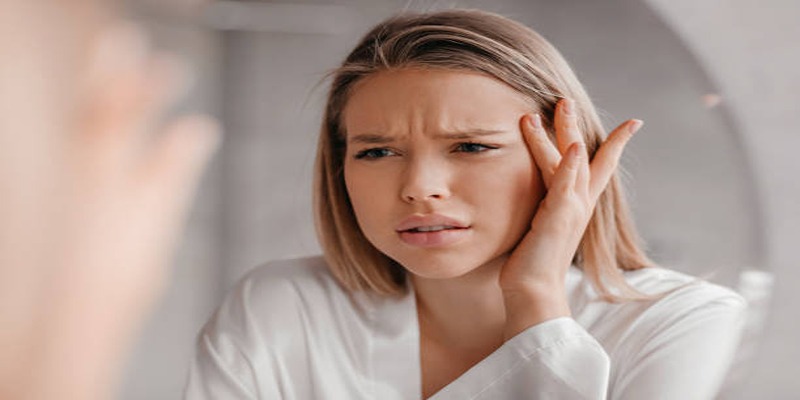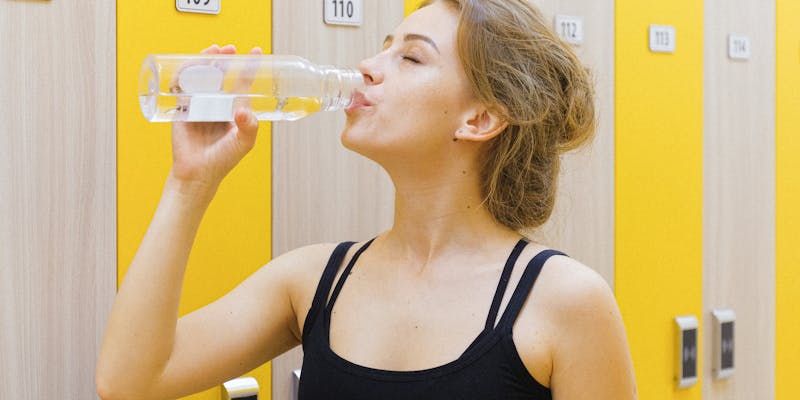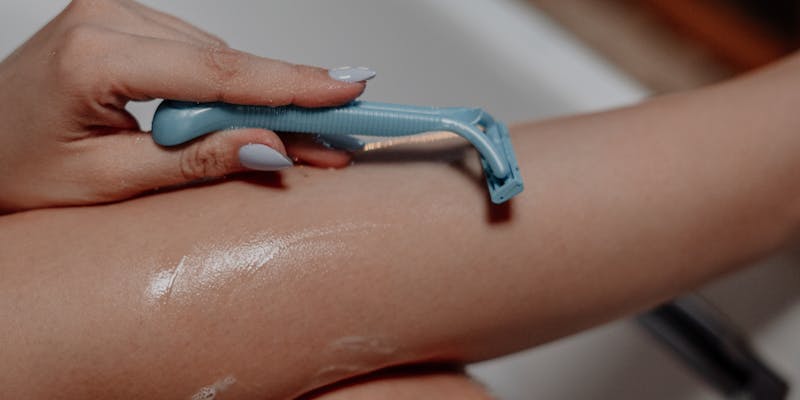Exfoliating is fundamental to every skincare routine since it gives a shining and neat texture by eliminating dead skin cells. The process of desquamation includes consistently shedding millions of dead skin cells. The development of dead skin cells on the skin's surface can cause dryness, bluntness, and breakouts, and this interaction can crumble with age. A decent skin routine incorporates exfoliating something like two times a week. You might get many exfoliants, like facial loofahs. Use facial loofah pads to tenderly peel away dead skin cells for clean, more brilliant skin.
Benefits of Facial Loofahs
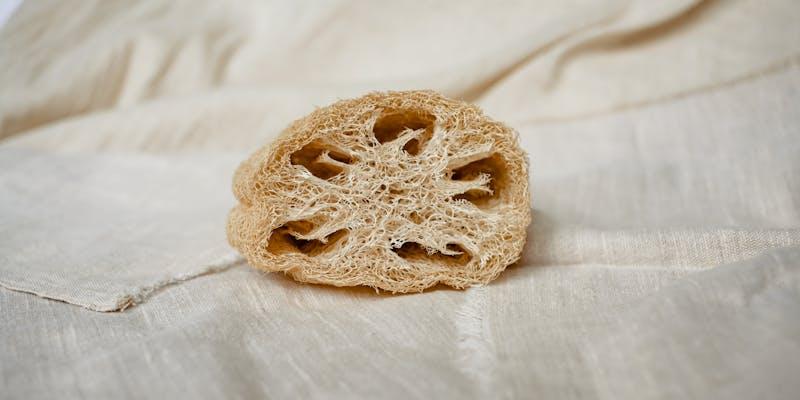
Gentle Exfoliation
A natural facial loofah scrubber gently exfoliates the skin. Loofah's natural texture removes dead skin cells, leaving facial skin refined and luminous. Regular loofah scrubber use helps cleanse pores, prevent dirt and oil buildup, and reduce blemishes and blackheads. Facial loofah pads are gentler and more effective than chemical exfoliants.
Improved Circulation
Facial loofahs exfoliate and improve skin circulation. Blood flow increases as you gently massage your skin with a natural loofah scrubber. This enhanced circulation gives skin cells oxygen and nourishment, boosting their health.
Improved blood flow may rejuvenate and glow your skin. Increased circulation helps remove toxins and other toxic things from the skin, improving skin health. Regularly using a face loofah pad helps maintain skin blood flow, vital to its health and attractiveness. It leaves skin supple and silky and supports a healthy complexion inside.
Reduction of Ingrown Hair
For ingrown hair sufferers, a facial loofah scrubber can improve skin care. Loofah exfoliation prevents ingrown hairs by removing dead skin and hair follicles. This prevents under-skin hair growth, which can cause inflammation and discomfort. You may have smooth, blemish-free skin by using a natural loofah scrubber every day.
Eco-friendly Option
Natural facial loofah pads are the best sustainable skin care products. Unlike synthetic scrubbers, loofah scrubbers may be recycled, decreasing their environmental impact and plastic waste. Use a natural loofah scrubber for eco-friendly skincare.
Using A Facial Loofah for Smooth, Glowy Skin
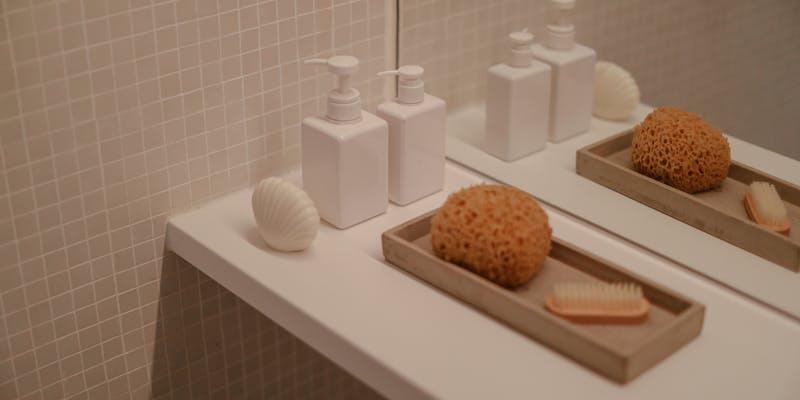
To maximize this skincare product, you must know how to utilize it. A complete facial loofah instruction for best results:
Choose Mild Products
Get your facial loofah moist before using it. Softening the fibers makes exfoliation gentler and more effective. Apply a little of your preferred cleanser or exfoliant to the moist loofah pad. Choose mild products for your skin type to avoid irritation.
Use Effective Methods
After cleansing your facial loofah, start. Massage the skin gently upward in circles, covering your entire face from center to edge. Do not scrape too hard, as this might cause irritation and redness. Instead, gently use the loofah's natural texture to exfoliate and promote circulation.
Considerations and Frequency
Your skin type and needs determine how often you use a face loofah pad. One to two loofah exfoliations each week are recommended. Oily or acne-prone skin types may benefit from more frequent exfoliation, while sensitive or dry skin types may prefer less. Follow your skin's cues and alter your regimen.
Targeted Areas and Methods
Different facial regions need different exfoliation. Use a facial loofah to cover the forehead, cheeks, nose, and chin. Adjust pressure and motion to each area's sensitivity. Use gentle circular motions on the cheeks and forehead and softer strokes on the sensitive skin around the eyes and lips.
Avoid Over-Exfoliation and Irritation
An excess of exfoliation can cause aggravation and responsiveness. Focus on your skin's exfoliation reaction. Reduce usage or alter exfoliation pressure if redness, irritation, or discomfort occurs. To avoid additional irritation, do not use the loofah on active breakouts or inflamed areas.
Post-Exfoliation Care
Post-exfoliation care is essential for the efficacy of facial loofah hygiene. The importance and right method:
Thoroughly Rinse
Clean your facial loofah pads under running water after each use. This removes cleanser and exfoliant residue to avoid irritation and bacterial development. Squeeze the loofah gently to rinse out all the product.
Air-Dry
After rinsing, air-dry your facial loofah in a well-ventilated environment. Hanging it where air can flow can speed up and complete drying. Keep it out of wet or confined spaces, which can breed germs and mold.
Prevent Bacterial Growth
Facial loofahs can grow bacteria if not properly maintained. Avoid sharing loofahs and putting them on injured or sensitive skin to avoid bacterial infection. Periodically immerse your loofah in water and white vinegar or tea tree oil to sanitize it.
Keep Facial Loofah Clean and Dry
Hanging it in your bathroom where shower steam and moisture might foster bacterial development is unwise. Instead, store it somewhere or use a mesh bag. To avoid cross-contamination, store facial loofah pads separately from other skincare products.
Replace Timely
Replace your facial loofah every three to four weeks or sooner if it shows indications of wear and degradation for maximum cleanliness and efficacy. Using a new loofah maximizes exfoliation without bacteria accumulation or performance loss.
Risks And Considerations
Facial loofahs exfoliate and increase circulation, making them great skincare tools. However, delicate skin requires attention while using loofahs. Due to their rough texture, daily use of loofahs can irritate skin and increase sensitivity.
- Use a facial loofah infrequently rather than daily to balance the advantages and cons of sensitive skin. Loofah exfoliation once or twice a week might help your skin without aggravating it.
- Using loofah less often lets your skin heal and rejuvenate between exfoliations. This method removes dead skin cells and pollutants without stressing the skin barrier, reducing the danger of persistent irritation or sensitivity from overusing abrasive exfoliants.
- Patients with sensitive skin should restrict usage and monitor their skin's sensitivity during and after exfoliation. Stop using the loofah immediately if you notice redness, burning, or stinging to let your skin recover. A dermatologist can assist you decide what to do for your skin issues.
- By understanding these risks and precautions, a facial loofah pad can improve your skincare regimen while reducing negative effects. With gentle loofah exfoliation, you may have smoother, brighter skin without damaging it.

